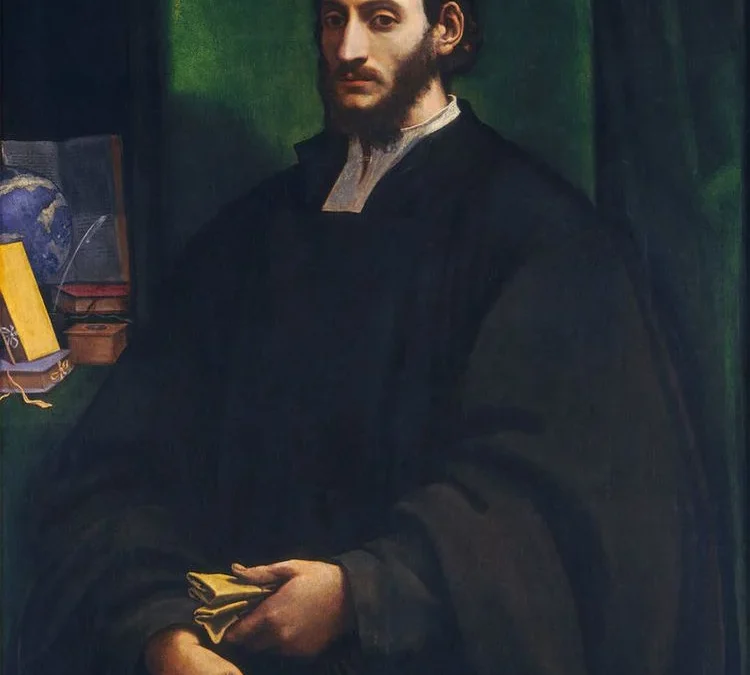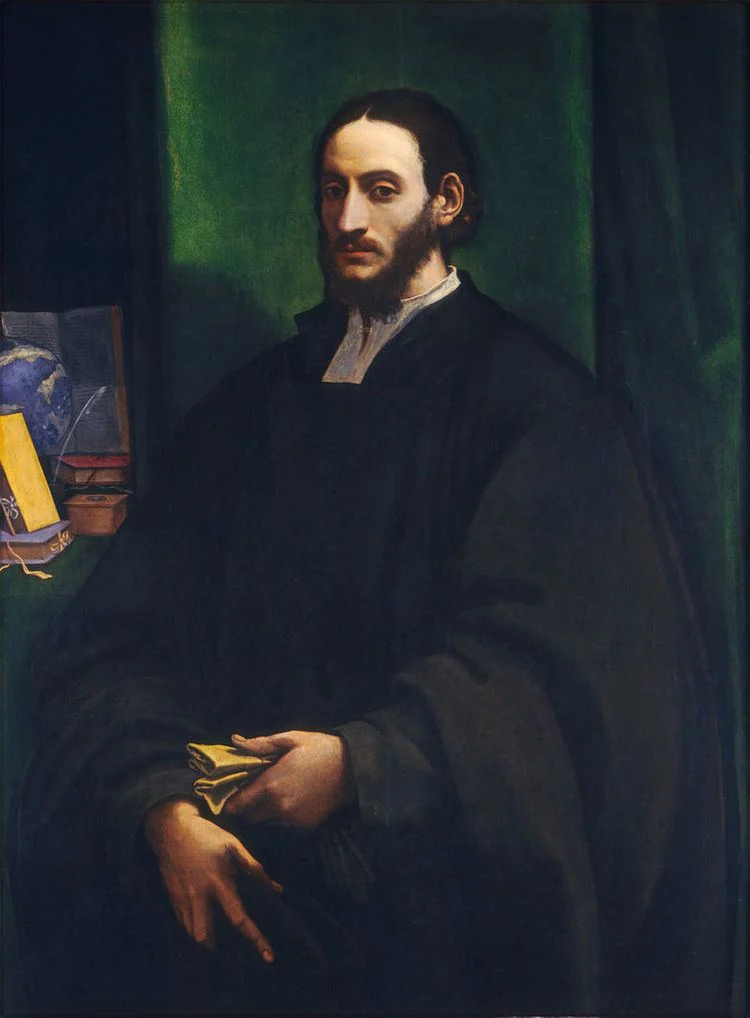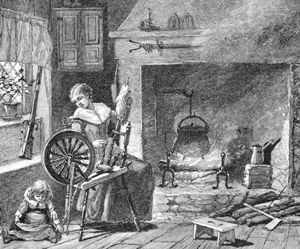
JOHN PORY, FIRST SPEAKER OF THE HOUSE OF BURGESSES

JOHN PORY
Of the five primary characters in my WIP, the oldest, and most studious, was John Pory.
Born in 1572, John and his twin sister, Mary, were the children of William Pory and his wife, Anne Ball. Anne was the half sister of Martha Stanley, who married Anthony Flowerdew. Their daughter, Temperance, married George Yeardley, who became governor of Virginia in 1619. John Pory got the job of secretary to Yeardley at that time. He played a large role in the establishment of the House of Burgesses that same year.
The younger Pory was an intelligent young man and went to Cambridge for his education, where he received his bachelor’s degree at 20 and his masters at 23. Early in his career, around 1597, Pory became an associate and protégé of the geographer and author Richard Hakluyt; Hakluyt later termed Pory his “very honest, industrious, and learned friend”. It was at Hakluyt’s urging that Pory engaged in his first literary effort, a translation of a geographic work by Leo Africanus that was published as A Geographical Historie of Africa (1600).
Not being a traveler, himself, Hakluyt surrounded himself with men who had an interest in travel, geography and who urged colonization of the New World. Among them were Captain John Smith, who Hakluyt encouraged. This author assisted in setting up the plans for the first trips to Virginia in the early 1600s and was intimately involved in the establishment of the Virginia Company. We can see where Pory got his interest.
Elected a member of Parliament from the borough of Bridgwater in 1605, Pory served until 1610. But that did not stop him from traveling. In 1607, Pory travelled through France and what is now Belgium and the Netherlands. He was involved in a plan to introduce silkworm breeding to England. Returning to England, he finished his term in Parliament, then returned to the continent. Between 1611 and 1616, he travelled through Europe, including Italy and even Constantinople. There he served as secretary to the English ambassador, Sir Peter Pindar. For a few months he served as the secretary to the English ambassador to Savoy, Sir Isaac Wake. He made the acquaintance of Sir Dudley Carlton, ambassador to Venice and then The Netherlands. This man was to share many letters with Pory over the years.
Right around the time that John returned to England, his cousin’s husband was appointed governor of Virginia for a period of three years. George asked John to come with him as secretary in 1618. Soon after arriving, George informed John that they would have a board of representatives from around the colony. John helped to form the board and wrote the first rules. He assisted at the first meetings and helped regulate the tobacco trade. Pory was in town when the White Lion delivered the first twenty-odd Angolans to Jamestown in exchange for food, the beginning of the servant-slavery trade. He even went exploring Chesapeake Bay and the Eastern Shore with Thomas Savage in 1620. In 1621, he returned to England.
Less than two years later, King James I of England was not happy with the poor economy of the Virginia Company’s colony. He wanted it investigated. Lord Mandeville, of the Privy Council, set up a commission. To this commission he assigned John Pory, who had spent three years there, Captain John Harvey, a man who had transported several hundred immigrants to the colony, Abraham Piersey, the colony’s cape merchant and Samuel Mathews, a prominent citizen to join together and do the investigation on the quality of the colony. They wrote reports to be sent to Lord Mandeville. Pory also bribed the new secretary to get a copy of the responses from the burgesses. He had switched from supporting the colonists to finding major faults.
That was his last trip to the colonies. He wrote books about his experiences in Virginia and about his observations when he stopped at Plymouth for a short time. They are still available to purchase 400 years later.
In London from the early 1620s on, Pory helped Nathaniel Butter, who was creating news periodicals for the English public.[6] Headquartered at Butter’s shop at the sign of the Pied Bull, Pory was a “correspondent” in the literal sense, who maintained exchanges of letters with the wide variety of prominent people he had met and cultivated in his earlier public career. Other similarly situated men of his generation, like John Chamberlin, played comparable roles in such correspondences and exchanges of news; Pory was perhaps unique in that he turned his knowledge and contacts into commercial news ventures, Butter’s early newspapers. Pory also ran his own manuscript news service, charging patrons for regular news reports.
Although John Pory is seen as a precursor to today’s journalists, his contemporaries tended to see him as an alcoholic and a gossip and a busy body who had many friends. Because he was so gossipy, John Pory left us a legacy of one-of-a-kind comments on the everyday life in the colonies at an early point.
External link: en.wikipedia.org/wiki/John_Chamberlain_(letter_writer)


Recent Comments